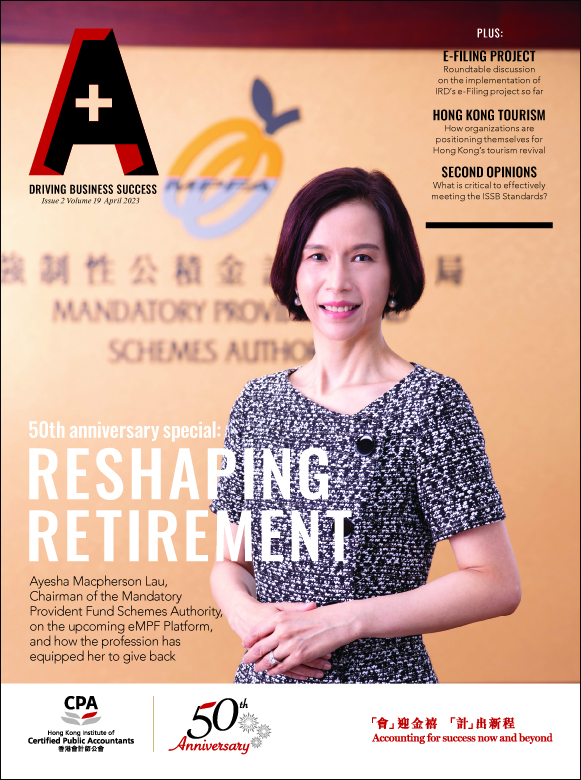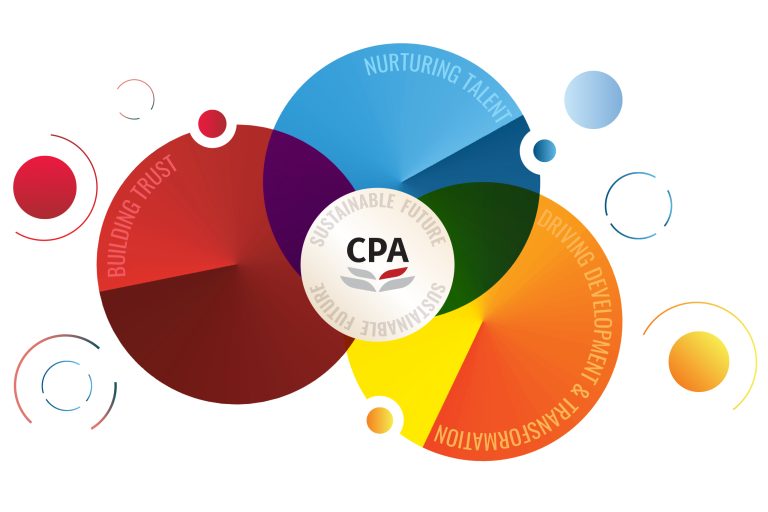William Ho, Chief Consultant at Graval Group on how to hide nerves and create an audience-centred presentation before a big talk
It is the biggest day of your career – you will do a presentation in front of the board, the investors, and your peers. You have prepared, edited, and re-edited the script. You practiced and practiced, even in your dreams.
You are ready to present. But then you realize, with butterflies in your stomach, that everything is on the line – a line that feels like a thin thread – and that you’re not a professional presenter.
“What the audience ‘feels’ is the decisive factor on how good the presentation will become. If you are excited about what you are saying, the audience will too.”
Success through soft skills
Presentation skills are simply a soft skill. Soft skills are those that enable effective and harmonious interactions between people. They include communication, development of interpersonal relationships and negotiation. These skills give you the personal traits you need to succeed
in the workplace. For some, it might even be more significant than your professional qualification in helping you to excel.
So how do you do present well, other than planning and practicing? How do you master it with confidence and without fear?
Remember, even the most seasoned speakers get nervous. The trick is to use the jitters to your advantage. Take your nervous energy and redirect it so that it comes across as vigor and passion.
Instead of focusing on yourself and your script, focus on what matters the most – the audience. By putting your audience centre stage and making them the star of your presentation, they will be more captivated and willing to listen to you.
Be familiar with your topic
The key is that they want to see a confident presenter delivering a talk that matters to them. Needless to say, you have to be very familiar with the subject, but having confidence is the underlying factor of doing a successful presentation. In order to present with more confidence, you should do so in an easy and clear manner, especially during the first part of the presentation. Instead of showing off your rich vocabulary, use simple words and phrases; short and well-constructed sentences; crisp and concise ideas to allow you to focus on sharing your thoughts rather than trying to remember context.
Make an impact
Open with a bang by engaging the audience. Make eye contact with the audience and tell them about the subject as if you were having a normal conversation with him or her, and show your passion through your movements and gestures. Doing “power poses” can immediately give you a confidence boost, for example arms wide, palms up, clenched fists, and walking around the room with a smile.
First impressions are not determined by what you say, but how you say it. What the audience “feels” is the decisive factor on how good the presentation will become. If you are excited about what you are saying, the audience will too. If you are confident about what you are saying, the audience will be assured that you are the expert. If you are nervous about what you are saying… you know what will happen.
Do the following to come across as confident during your presentation:
- Be yourself – it’s great to be enthusiastic about the subject, and presenting in your own style will make you comfortable;
- In terms of the structure, first tell the audience what you are going to tell them, then tell them. Lastly, tell them what you have told them; and
- Be memorable. They might not remember everything you have told them, but they should remember how you have made them feel during your presentation.
Attending relevant workshops and observing how others present can also help you be well prepared. In almost every case, the audience wants you to succeed. And so should you.













